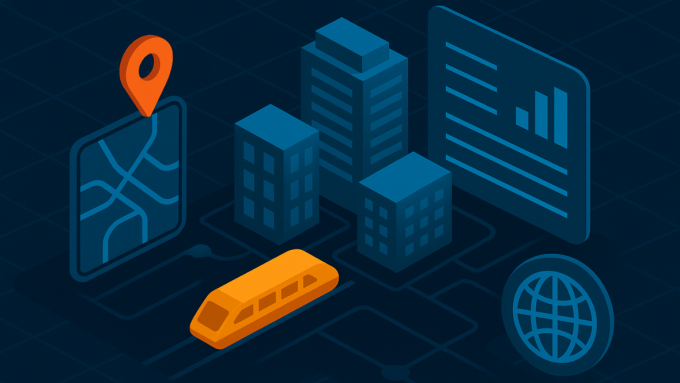The use of digital twin technology has the potential to transform the UK transport sector to deliver better outcomes for the user, more reliable cross modal services, and advance the transition to net zero. There is a need to better coordinate research, development and investment in digital twin technology.
The Transport Research and Innovation Board (TRIB) has therefore awarded Connected Places Catapult (CPC) a grant to develop a shared 2035 Vision and Roadmap. This TRIB-commissioned 2035 vision aims to drive a common understanding of the potential value of federated network of transport digital twins, and the roadmap sets out a prioritised list of activities required to achieve this.
Overview and Aims of the Transport Digital Twin Vision and Roadmap
The Transport Vision and Roadmap outlines the activities that TRIB members and other broader stakeholders need to take to focus investment, drive coordination, address skills gaps and align research, development, and innovation in transport. There are many definitions of digital twins, but the UK’s National Digital Twin Programme defines a digital twin as a digital model with real- or right-time two-way information flows, enabling the implementation of autonomous decision making. This can provide autonomous optimisation, and remote and autonomous operation.
Federated networks of digital twins can play a key role in supporting TRIB members and the wider transport sector to realise ambitious targets for transitioning to net zero, improving the user experience, increasing resiliency, furthering safety, and accelerating innovation. For example, the roadmap could drive an improved understanding of the opportunities digital twins offer on decarbonisation, with insights from transport use cases informing long term strategic decisions for zero carbon solutions.
This shared Vision and Roadmap is intended to support TRIB members, government, wider industry and academia to work together effectively and efficiently on the future development of digital twins. The 2035 Vision is therefore accompanied by 2025 and 2030 visions. The roadmap provides timelines and key activities, mapped to outputs and outcomes.
Potential Benefits of Connected Digital Twins in Transport
Using digital twins as a tool to improve our knowledge of transport system infrastructure and operations will allow the transport system to be better modelled, understood, and simulated. This deeper understanding can in turn create financial and time efficiencies in solution identification, design, and implementation of new products. The operational, environmental and safety predictions that can be made based on the resulting insights can inform the introduction of new and enhanced modes across the transportation sector. New opportunities to explore data standardisation will also enable efficient data sharing across asset owners and operators.



Leave a comment